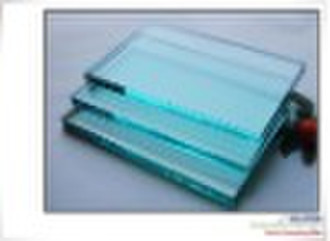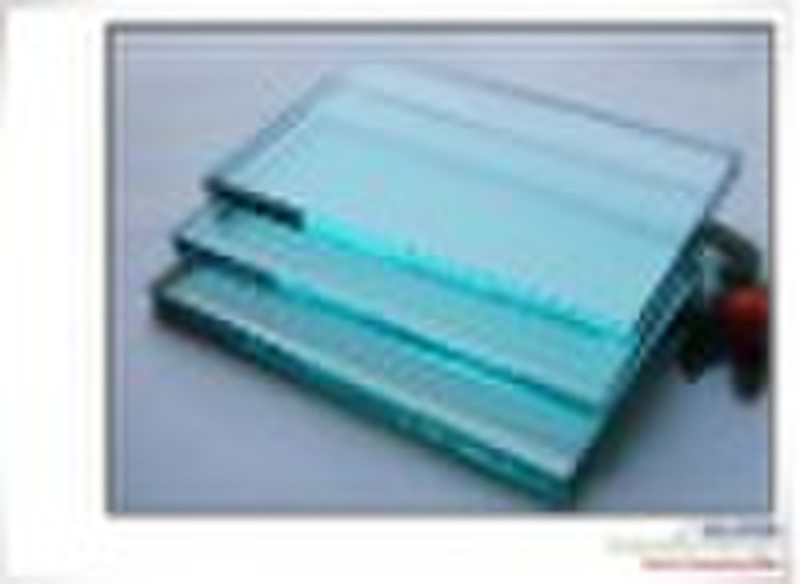Katalog
-
Katalog
- Auto & Motorrad
- Bauwesen und Immobilien
- Bekleidung
- Büro- und Schulartikel
- Chemikalien
- Dienstleistungen für Unternehmen
- Eisenwaren
- Elektrische Geräte & Zubehöre
- Elektronische Bauteile
- Energie
- Galanteriewaren
- Geschenke und Kunsthandwerke
- Gesundheit und Medizin
- Gummi und Kunststoffe
- Haus und Garten
- Haushaltsgeräte
- Koffer, Taschen & Hüllen
- Landwirtschaft
- Lebensmittel und Getränke
- Licht und Beleuchtung
- Maschinen, Geräte und Werkzeuge
- Maschinenteile und Herstellung Dienstleistungen
- Messapparat und Analysegerät
- Mineralien und Metallurgie
- Möbel
- Schuhe und Accessoires
- Schönheit und Körperpflege
- Service Geräte und -Ausstattung
- Sicherheit und Schutz
- Spielzeuge und Hobbys
- Sport und Unterhaltung
- Telekommunikations
- Textil und Lederware
- Transport
- Uhren, Schmuck, Brillen
- Umweltschutz
- Unterhaltungselektronik
- Verpacken und Drucken
- Werkzeuge
- Überschüssiger Warenbestand, Lager
Filters
Search
Klares Floatglas
original-Preis: 1,60 USD
Foshan, China

LEO Liu
Kontaktperson
Basisdaten
| Ort der Herkunft | Guangdong China (Mainland) |
|---|---|
| Marke | GPI |
| Modell-Nummer | GPI FLOAT GLASS |
| Form | Flat |
| Technik | Clear Glass |
| Geben | Blatt Glas |
Clear float glass 3-8mm; 1830X2440mm, 1500X2000mm, 1220X2440mm, ect. Our clear float glass takes very high quality. Float glass is a term for perfectly flat, clear glass (basic product). The term "float" glass derives from the production method, introduced in the UK by Sir Alastair Pilkington in the late 1950's, by which 90% of today's flat glass is manufactured. Production The raw materials (silica sand, calcium, oxide, soda and magnesium) are properly weighted and mixed and then introduced into a furnace where they are melted at 1500° C. The molten glass then flows from the glass furnace into a bath of molten tin in a continuous ribbon. The glass, which is highly viscous, and the tin, which is very fluid, do not mix and the contact surface between these two materials is perfectly flat. When it leaves the bath of molten tin the glass has cooled down sufficiently to pass to an annealing chamber called a lehr. Here it is cooled at controlled temperatures, until it is essentially at room temperature. How Float Glass is Manufactured 1. Batching of raw materials The main components of Soda Lime glass, Silica sand (73%), Calcium oxide (9%), Soda (13%) and Magnesium (4%), are weighed and mixed into batches to which recycled glass (cullet) is added. The use of cullet reduces the consumption of natural gas. The materials are tested and stored for later mixing under computer control. 2. Melting of raw materials in the furnace The batched raw materials pass from a mixing silo to a five-chambered furnace where they become molten at a temperature of approximately 1500 centi degree. Every operation is carefully monitored. 3. Drawing the molten glass onto the tin bath The molten glass is "floated" onto a bath of molten tin at a temperature of about 1000°C. It forms a ribbon with a working width of 3210mm which is normally between 3 and 25mm thick. The glass which is highly viscous and the tin which is very fluid do not mix and the contact surface between these two materials is perfectly flat. 4. Cooling the molten glass in the annealing lehr On leaving the bath of molten tin, the glass - now at a temperature of 600°C - has cooled down sufficiently to pass to an annealing chamber called a lehr. The glass is now hard enough to pass over rollers and is annealed, which modifies the internal stresses enabling it to be cut and worked in a predictable way and ensuring flatness of the glass. As both surfaces are fire finished, they need no grinding or polishing. 5. Quality checks, automatic cutting, storage After cooling, the glass undergoes rigorous quality checks and is washed. It is then cut into sheets up to 6000mm x 3210mm which are in turn stacked and stored ready for transport. An automatic stacker takes plates of glass directly from the end of the production line. This is approximately half a kilometre from the beginning of the float line. The entire production process from the batching of raw materials to cutting and stocking is fully automatic and computer-controlled.
Lieferbedingungen und Verpackung
Packaging Detail: 20 Ton 1*20' container Delivery Detail: 7 DAYS
Hafen: GUANGDONG
Zahlungsbedingungen
Letter of credit
Telegraphic transfer
-
Zahlungsarten
Wir akzeptieren:









